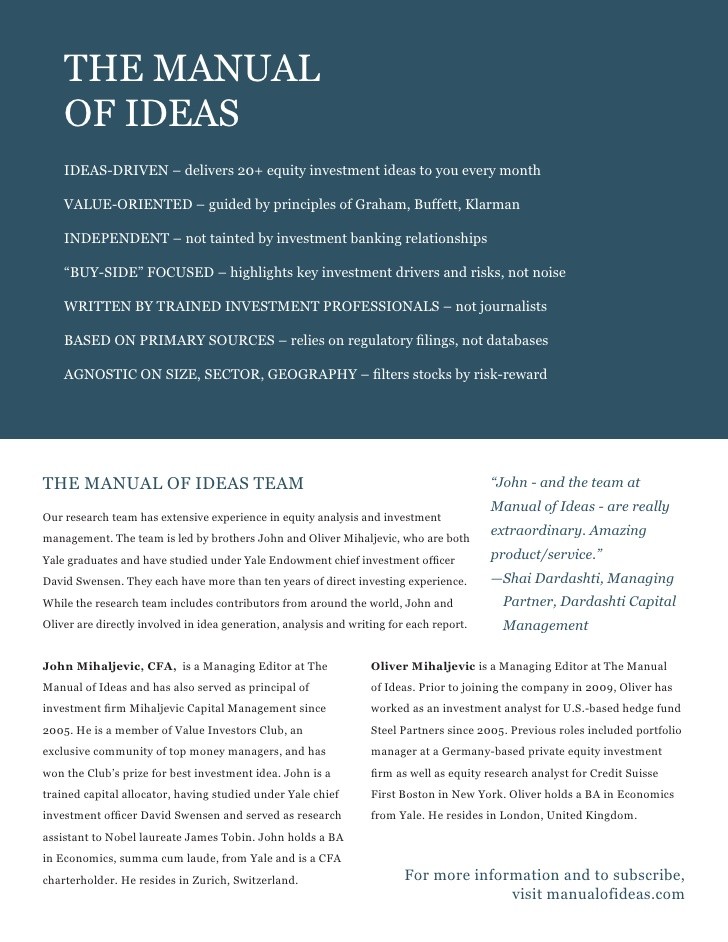Why You Should NOT Buy a Stock Before Earnings Corinthian Colleges Inc (NASDAQ COCO) Majesco
Post on: 24 Июль, 2015 No Comment

Earnings season is one of the most exciting times for an investor.
While companies can spin a good yarn throughout the rest of the year about organic growth opportunities, the earnings announcement is a fixed point in time when dreams and reality collide. If earnings exceed analysts’ expectations, prices often gap up overnight by huge amounts as the market quickly prices in the new information. With massive potential upside, why should some investors not hold shares right before earnings are announced?
Is Lowering Risk Always Linked to Low Gain?
Holding through earnings carries risk. This one event is often like a roll of the dice where the wrong number can have brutal consequences on share prices.
- In January, E*TRADE (NASDAQ: ETFC) was expected to report 20 cents per share in earnings, but they served up negative 2 cents which sent prices down hard from $9.50 to $8 in the blink of an eye.
- In the same month, Majesco Entertainment Company (NASDAQ: COOL ) was expected to earn 4 cents per share, but delivered negative 7 cents. Prices fell by one-third.
While there is also the case for significant upside with positive earnings, investors who want to lower portfolio volatility and risk can use information in the earnings announcement to their advantage by learning about the acronym PEAD.
Post Earnings Announcement Drift (PEAD)
Post Earnings Announcement Drift, or PEAD, is an anomaly where stocks with positive earnings surprises continue to exhibit excess gains for weeks following the earnings announcement. The theory is that investors did not immediately and fully price in the new information, and this under-reaction leads to a profitable strategy of buying certain companies after earnings are reported.
- Analysts expected Corinthian Colleges (NASDAQ: COCO ) to report 1 cent per share, but in February 2012 COCO delivered 4 cents per share (excluding impairment charges on a diluted basis). Within 24 hours, prices shot from $3 to $4 per share. Over the next 5 days prices shot to over $5.
Of course, there are professionals with risk-based explanations as to why PEAD works. Some feel that once you factor in earnings growth and previous surprises, the excess gain drops. Still others point to beta and the volatility of small cap stocks as being partially responsible for the upside. How much excess gain can be attributed to investors under-reaction and how much is a risk-based profit is still a topic of hot debate.
Building on PEAD
While PEAD is a potentially interesting phenomenon, we need to go further than simply buying stocks with large earnings surprises. Investors generally have more foresight than to blindly buy a stock based on a one-time quarterly earnings report. Investors buy with the expectation of sustainable future growth. This leads us to another strategy that we can incorporate into our plan.
- The most profitable strategy on the American Association of Individual Investors website is one where estimated earnings have increased by at least 5% for the current and the next fiscal year. Over the past 14 years using a monthly rebalancing strategy, this simple system has returned annual gains of 29.1%.
- To enhance this strategy a step further, we can look to a white paper that outlines the excess gain associated with companies which have high analyst ratings (such as buy or better) and also receive a favorable upgrade.
If we combine all of these components, the result is a solid strategy that can be profitably traded during short windows of time.
Building Our Trading Strategy
How do we find stocks that fit our criteria? First, we actively watch companies around earnings season, and we scrutinize companies with large earnings surprises. If the earnings surprise is more than a one-time event, we expect forward earnings estimates to be positively revised upwards. If that is the case, we might also anticipate an analyst ratings upgrade as well. If the firm was already highly rated, this would be a company to buy and hold for the next few weeks or months.
As a case in point, look at Artic Cat (NASDAQ: ACAT). The company was already rated a buy before earnings, but the 55.9% surprise on January 26. 2012 gave the stock another reason to fly. The 2012 earnings estimates rose from $1.34 all the way up to $2.44 in the 3 month period surrounding that earnings event. Analysts upgraded the stock a few trading days later — but that was already expected based on the current and future earnings forecast. Even if you purchased after earnings were released at the closing price of $28.58, you would be up 33% a mere 25 days later and still rising, while the market rose less than 4% in the same period of time.
Strategy Wrap-up
This strategy raises some questions. If the market is perfectly efficient, we should not be able to profit from this strategy unless we are simply targeting higher risk companies. Yet, it would appear that trading stocks with large earnings surprises, high and improving analyst ratings, along with positive earnings revisions does lead to a successful strategy full of excess gain. Whether this is an anomaly that will disappear in the future is impossible to determine. But for now, you may want to consider waiting until after earnings are released to buy companies that are making all the right moves.
Kurtis Hemmerling is a full-time investor and contributor for Money Crashers Personal Finance. a money management and investing resource that provides tips and reviews for stock brokers like E*TRADE and TradeKing.














